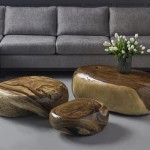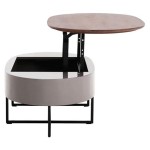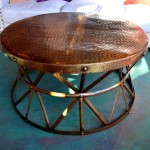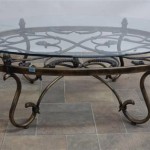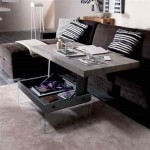How To Make a Table Cover at Home
A table cover, also known as a tablecloth, is a staple piece of home decor that can instantly elevate the look of your dining area. Whether you're hosting a formal dinner party or simply enjoying a casual meal with your family, a well-chosen table cover adds a touch of elegance and personality to your space. While you can find a wide array of table covers in stores, crafting your own at home allows you to personalize your dining experience and unleash your creativity. This article will provide a comprehensive guide on how to make a table cover at home, covering all the essential steps and considerations.
1. Choosing the Right Fabric
The first step in making a table cover is selecting the right fabric. The choice of fabric depends on several factors, including the intended use of the table cover, the desired aesthetic, and the level of durability required. Some popular fabric choices for table covers include:
- Cotton: A natural, breathable fabric that is easy to care for and comes in a wide range of colors and patterns. Cotton is a good choice for everyday use, but it may wrinkle more easily than other fabrics.
- Linen: A luxurious and durable fabric with a beautiful texture. Linen is known for its breathability and resistance to wrinkles, making it a good choice for formal occasions.
- Silk: A delicate and elegant fabric that adds a touch of sophistication to any table setting. Silk is best suited for special occasions and requires careful handling.
- Polyester: A synthetic fabric that is incredibly durable and stain-resistant. Polyester is a good choice for families with young children or for high-traffic areas.
- Vinyl: A waterproof and easy-to-clean material that is ideal for outdoor use or for families with young children.
Consider the size and shape of your table when selecting your fabric. If you are making a rectangular table cover, you will need to purchase enough fabric to cover the entire table surface, with extra fabric for seams and hems. If you are making a round table cover, you will need to calculate the circumference of the table plus seam allowance.
2. Measuring and Cutting the Fabric
Once you have chosen your fabric, you need to measure your table and cut the fabric to the appropriate size. Measure the length and width of your table, and then add extra fabric for seams and hems. For example, if your table measures 60 inches long by 40 inches wide, you will need to add at least 2 inches to each side for seams and hems. This will give you a final fabric size of 64 inches long by 44 inches wide.
If you are making a round table cover, measure the circumference of your table and add extra fabric for seams and hems. For example, if your table has a circumference of 60 inches, add at least 2 inches for seams and hems, resulting in a fabric circumference of 62 inches. You can then calculate the diameter of your table cover using the formula: Diameter = Circumference / π (approximately 3.14). This will help you determine the appropriate width of your fabric.
Once you have determined the appropriate measurements, carefully cut the fabric using sharp fabric shears or a rotary cutter. Use a ruler or measuring tape to ensure accurate cutting.
3. Sewing the Seams and Hemming
After cutting the fabric, you need to sew the seams and hem the edges of your table cover. Pin the edges of your fabric together, making sure to align the raw edges correctly. Sew the seams using a sewing machine or by hand. If you are using a sewing machine, choose a stitch that is appropriate for the fabric type. For example, you may use a straight stitch for cotton or linen fabrics or a zigzag stitch for more delicate fabrics like silk.
Once the seams are sewn, hem the edges of your table cover to prevent fraying and give it a finished look. Fold the edges of the fabric inwards by 1/2 inch, then fold them inwards again by another 1/2 inch. Pin the folded edges in place and sew them along the edge using a sewing machine or by hand. You can use a blind stitch to create a neat and invisible hem.
If you are making a round table cover, cut the fabric in a circle shape. You can use a compass to draw a circle on the fabric, or you can use a string to mark out the circumference of the table cover. Once you have cut the fabric, sew the seam by overlapping the edges and sewing along the edge. Hem the edge of the table cover in the same way as a rectangular table cover.
With these steps, you have crafted a new table cover to add a touch of personalized elegance to your dining area. Be mindful of the chosen fabric, its measurements, and the essential sewing techniques for a lasting, beautiful addition to your home.

How To Make A Tablecloth

Diffe Types Of Table Cover Diy How To Make At Home With Old Clothes

Fitted Table Cover The Easy Diy

Diy Fixable Round Table Cover With Old Saree Any Type Of Fabric Make At Home Easily Tablecovers

Diy Table Cover Ideas How To Make A Cloth At Home

Diy Fitted Table Cover Ii At Home Stool Making Homegrown With Kamla

Fitted Table Cover The Easy Diy

How To Make Table Cover Making At Home Step By Reetu Sharma

Stylish Fabric Dinning Table Cover Set Designs Ideas Make At Home

24 Pack Plastic Tablecloth Clips Strong Windproof Non Slip Table Cover Clamps For Home Outdoor And Camping Use Uncharged Business Science Temu Mauritius
Related Posts


